Lake Nakuru is a national park that stands out for the presence of flamingos, pelicans and birds. You can also find hippos and herds of buffalo approaching the water to cool off. In addition, it is one of the few places in Kenya where rhinos can still be seen in the wild.
It is a small park compared to other parks (188 km²) where we find a species of native giraffe, the Rothschild giraffe, and where it will be difficult to see lions and leopards. It will all depend on how lucky you are that day on your journey. What you will not find will be the elephants, which do not live in Lake Nakuru.
Lake Nakuru is part of a series of lakes (Lake Naivasha, Lake Baringo, Lake Bogoria and Lake Elmenteita) that are located within the Kenya Rift Valley and have been declared a World Heritage Site by UNESCO. The Rift Valley, which runs from Israel to Mozambique, is 5.000km long and is said to have been the cradle of civilization.
The park is surrounded by different villages and the city of Nakuru. The great floods of recent years have caused a considerable increase in the water level by flooding one of the entrances to the park and damaging some of the trees around the lake. It is a beautiful first stop to see a national park before entering the tops such as the Samburu or the Masai Mara.
How to get there?
The entrance to Nakuru Lake Park is only 4 km from the city center which has the same name as the lake. The city of Nakuru is the fourth largest city in Kenya with about 250.000 inhabitants.
It is a very accessible park to get there by all types of public transport and also by car, as the road does not show any difficulties.
By car: From Nairobi you just have to follow the A104 road which will take you directly to the city of Nakuru. From there you will have to drive 4km to the park entrance. It will take about 4 hours. We accessed it from Ol Pejeta Park near Nanyuki. From Nanyuki, you will have to drive on the A2 road towards Nyeri. Then you will have to turn right towards Lamuria and turn right again towards the B5 towards Nyahururu. Once in Nyahururu, you will have to follow the C77 towards Nakuru city. Along the way, you will cross different times through the Rift Valley mountains that run from Israel to Mozambique, with beautiful scenery and views.
By public transport: You will have to do the same process as with the car but trying to find some matatu that does the direct route or as long as possible. Once in the city of Nakuru you will have to negotiate with a boda-boda the journey to the front door to the park. Think, though, that you’ll need some safari car in order to take a tour of the park; so it will be up to you to negotiate prices in the city before entering the park.
By air: You will need to reach Nakuru with a domestic flight from one of the major cities in the country like Kisumu or Nairobi.
Permits and prices
The price of the entrances fee is relatively cheap compared to other parks in Kenya. In the summer of 2021, it cost us 35$ per person. Please note that the ticket lasts 24 hours, so if, for example, you enter at 3 pm, you can use it until the next day at the same time.
Remember, too, that the best times to go on a safari are with sunrise and sunset. So try to match your visit with these hours. The park is open from 6.00 in the morning until 18.00 in the evening.
During the summer of 2021, the main gate of the park was closed due to very heavy flooding that the park suffered. The western part of the park had a part that was inaccessible. We entered the park by the Lanet gate.
What to do in lake Nakuru?
– Bird watching
Lake Nakuru is a paradise for bird lovers. The park is home to bird species, among the most famous are the pink flamingos and pelicans which in many cases make a brief stop during their migrations. The alkaline condition of the waters of Lake Nakuru allows that in its waters highly nutritious algae and zooplankton are formed. The sodium composition is ideal for the development of diatoms, microalgae that are the support for crustaceans and insect larvae that in turn feed on schools of fish and these on waterfowl. In rainy season, the water level of the lake rises and many birds migrate to other lakes in search of food.
We, although we are not fanatical bird lovers, it must be said that we really enjoyed seeing the pink and white landscapes that formed the birds and gave a special air to the park. You can get out of your car and see many of them up close from Pelican Point.
– See many black and white rhinos
One of the strengths of Lake Nakuru is that you can easily see the rhinos that live there. We saw it easily during the afternoon and morning we were there.
Rhinos are an endangered species and are widely hunted by poachers. White rhinos are distinguished from black rhinos because they have a wider, checkered nose. They also have a small hump on the nape of the neck.
-Admire the Rothschild giraffe
Like rhinos, the Rothschild giraffe is an endangered species. It can be found on Lake Nakuru and in some natural parks in Uganda.
Rothschild giraffes are easily distinguished from other subspecies by the color of their hair. Also, the Rothschild giraffe does not show marks on the leg, giving the impression that it is wearing white stockings. Another distinctive feature of the Rothschild giraffe, even more difficult to detect, is the number of horns on its head. This is the only subspecies with five ossicles.
– Enjoy a unique landscape with many other animals
But not everything is birds and rhinos. We can find large mammals such as hippos, antelopes, lions, hyenas, leopards, large pythons, buffaloes … We did not find lions or snakes, leopards or hyenas, but the park gave us unique images of animals around the water that in many other parks you do not have the opportunity to see them.
– Visit the Thompson Falls
Thompson Falls are waterfalls located on the way to Nakuru Lake Park in the town of Nyahururu. They charge 125 Ksh/pers to see them. You can decide to see them from the viewpoint or go down to the foot of the waterfall. Perfect for a stop on your way to the park. We finally didn’t visit them.
Where to sleep?
– Wildlife club of Kenya Guesthouse: This accommodation is part of the Wildlife clubs of Kenya (WCK) which is a non-profit organization established in 1968. WCK aims to educate for the conservation of wildlife and the environment, and to empower young people and communities to proactively participate in wildlife and its environment. They have fully equipped bandas with kitchen and toilet with shower. It is located 5 minutes from the east gate of the park, the Lanet gate. You will sleep well in the middle of the park surrounded by wildlife. The price per person is 1250 Ksh/night. You can contact Eston by phone: +254 0720456546 or by mail wcknakuru@gmail.com
– Sarova lion hill lodge: It is a high quality and affordable accommodation located in the mountains of Nakuru Park. It has fully decorated and furnished villas, restaurant, swimming pool, internet… All the facilities you can imagine in a luxurious atmosphere. Room prices per night are around 100/150€ the most basic. You can check their website here.
Our route
DAY 1: We arrived at Lake Nakuru looking forward to seeing a park with a different landscape, and this one did not disappoint. We settled on the side of the WCK which was located in the middle of the park facing the lake.
During that afternoon we were able to enjoy herds of zebras and buffalos eating fresh grass and monkeys climbing the branches of the trees. We were also able to enjoy the different birds on the lake, as they rested on the shore and took the opportunity to eat. We reached Pellican Point where we were able to go down and take pictures of the flamingos and pelicans resting on the lake. We asked some other safari driver if he had seen any more animals, and he pointed us to an area that was a few hundred meters away where there were two camouflaged rhinos. We went there, and between groups of zebras and impalas, there were two rhinos (a mother and her son) walking away into the forest. As we were about to leave the lake behind, some hippos pulled their heads out of the water with some very pretty picture of how they opened their mouths wide. It was time to go to the accommodation before they closed the door (being inside the national park they closed 30 minutes later than the front door) and rest for the next day.
DAY 2: That day we got up very early to go see the animals of Lake Nakuru. Think of this as one of the best hours to observe active animals. We soon saw a herd of buffalo eating by the lake shore, and in the middle camouflaged a rhino that was also eating. We were just watching as this endangered animal ate quietly, until a buffalo stared at us and raised its paw in a threatening tone. It was time to leave. We decided to go see the area where we had seen the rhinos the day before, and we were very lucky to see 5 different ones at the same time they were crossing the road. Among these was a small baby. We turned off the car’s engine and stayed for a while enjoying one of the hardest animals to find. After this picture we continued advancing towards the western part of the park, where in principle are the lions and leopards hidden among the trees of the cliffs. We weren’t lucky enough to see them but instead on the way we did see for the first time a group of Rothschild giraffes relaxing to eat the leaves from the top of the acacias.
It was time to go back and make our way to Kericho, our next stop. To say goodbye, a group of buffaloes crossed a part of the lake by the water while some zebras rested right next to the road. Despite not seeing the large predators, we liked the Nakuru NP for its lake, from where you could get a beautiful landscape of animals, birds and water.

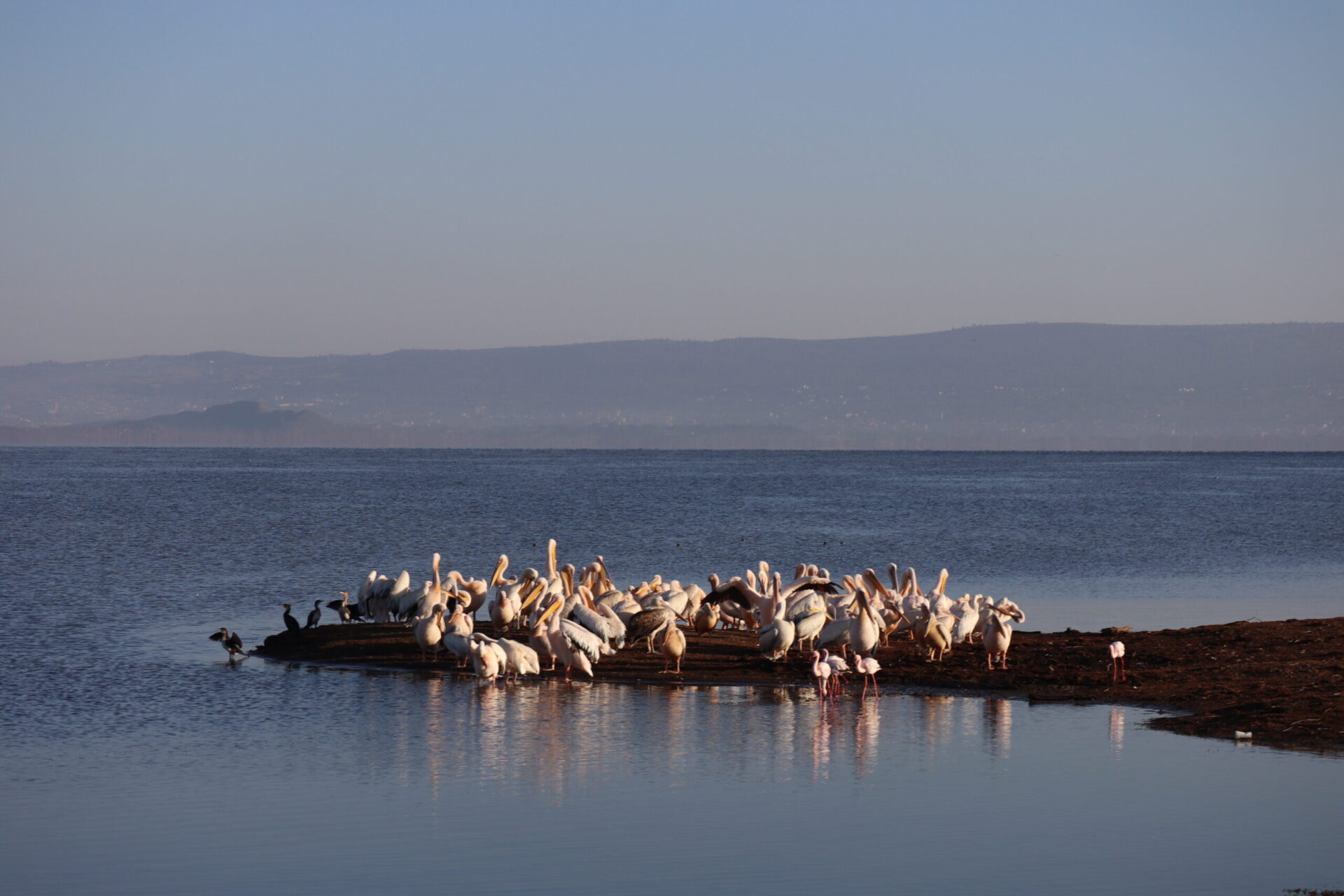
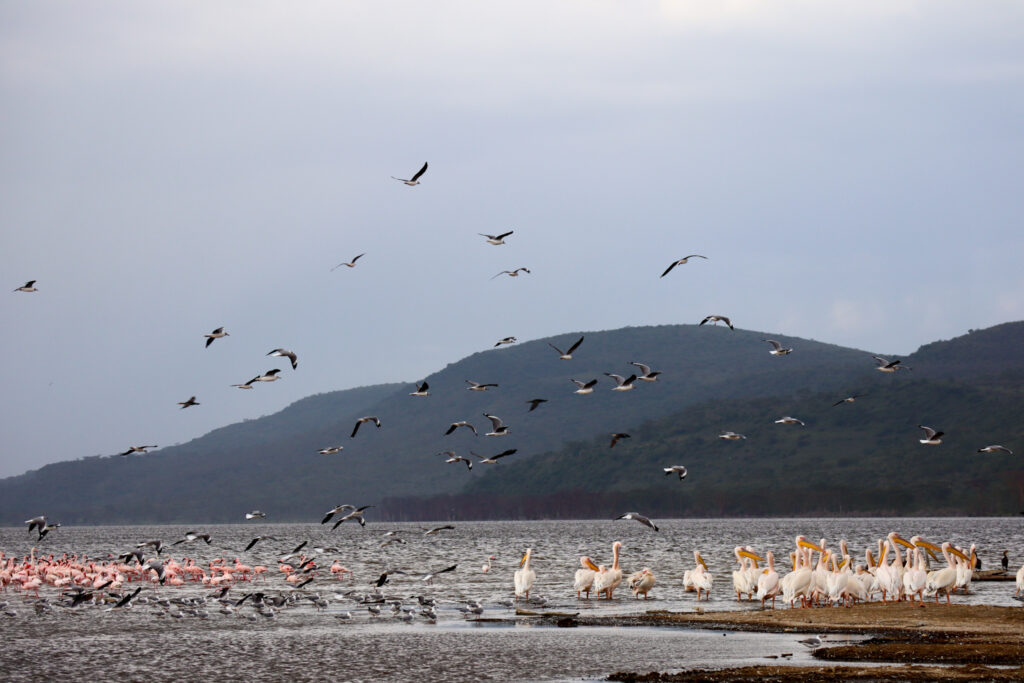
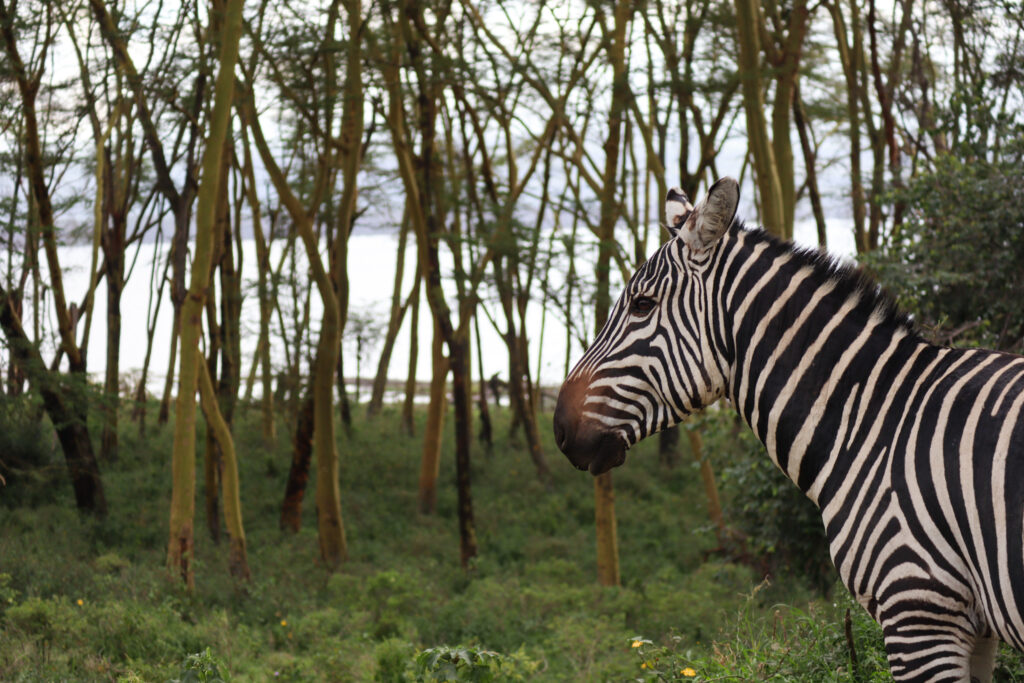
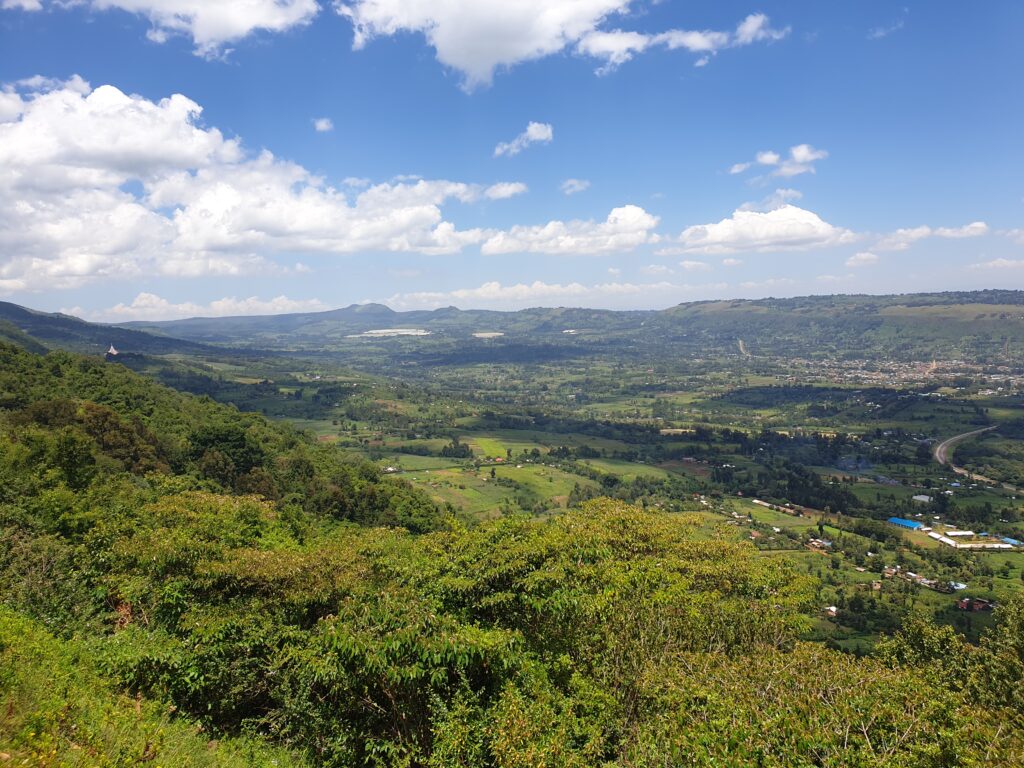



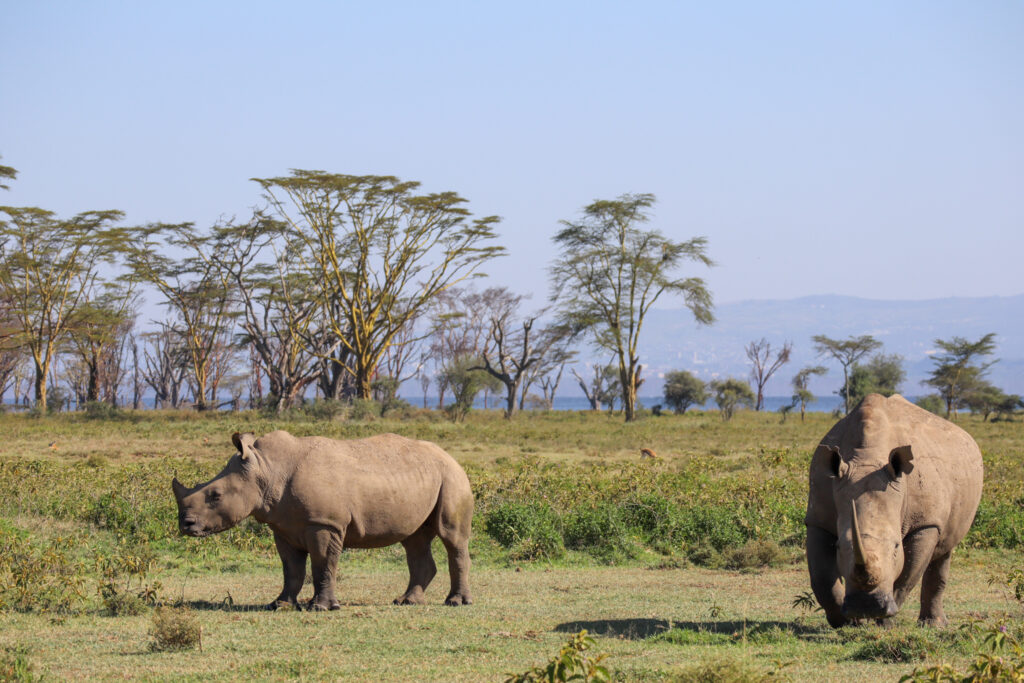
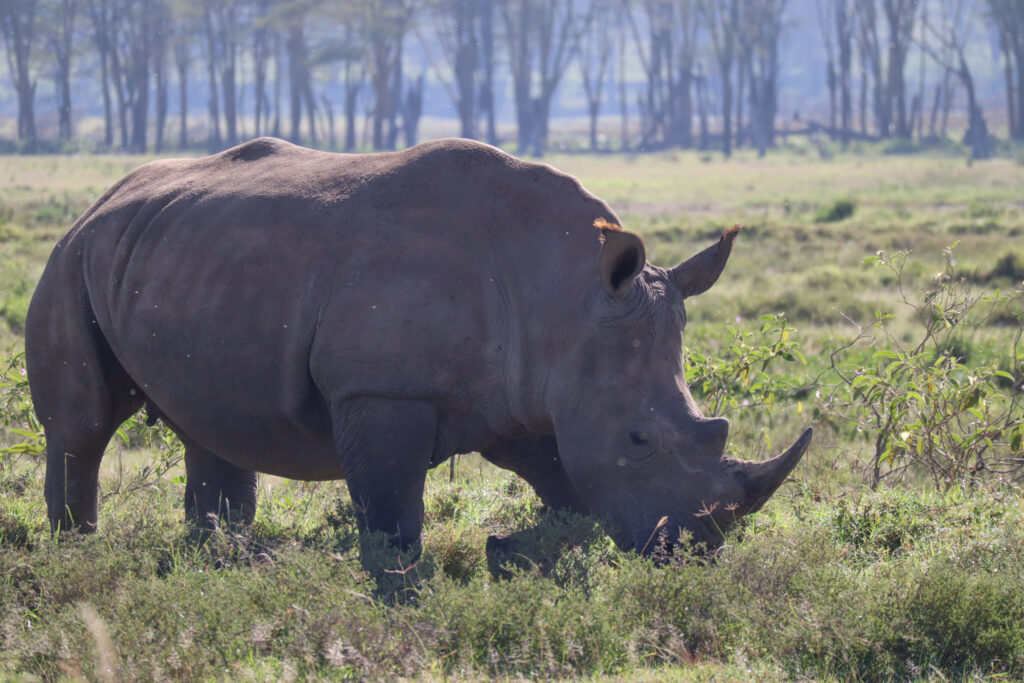
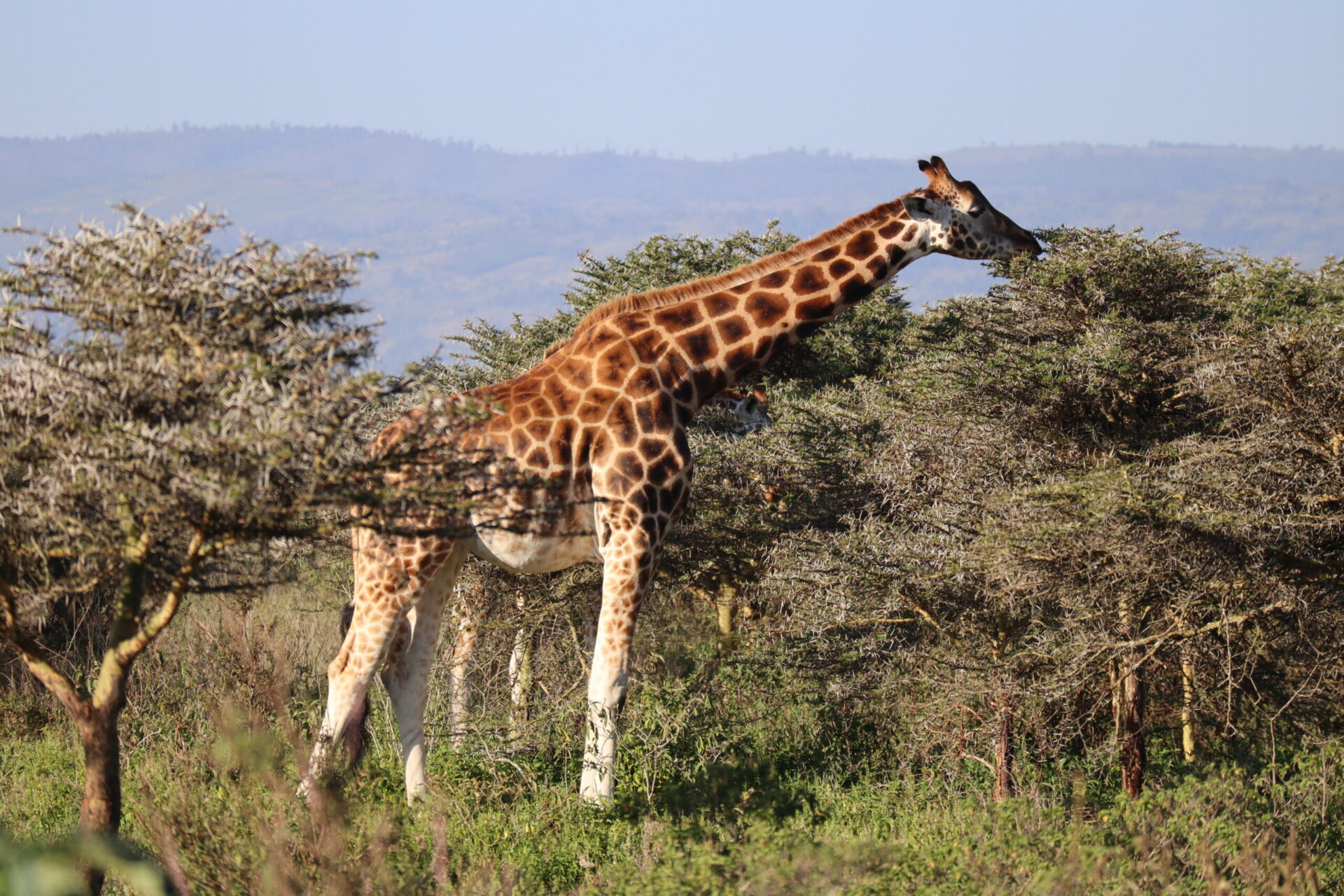
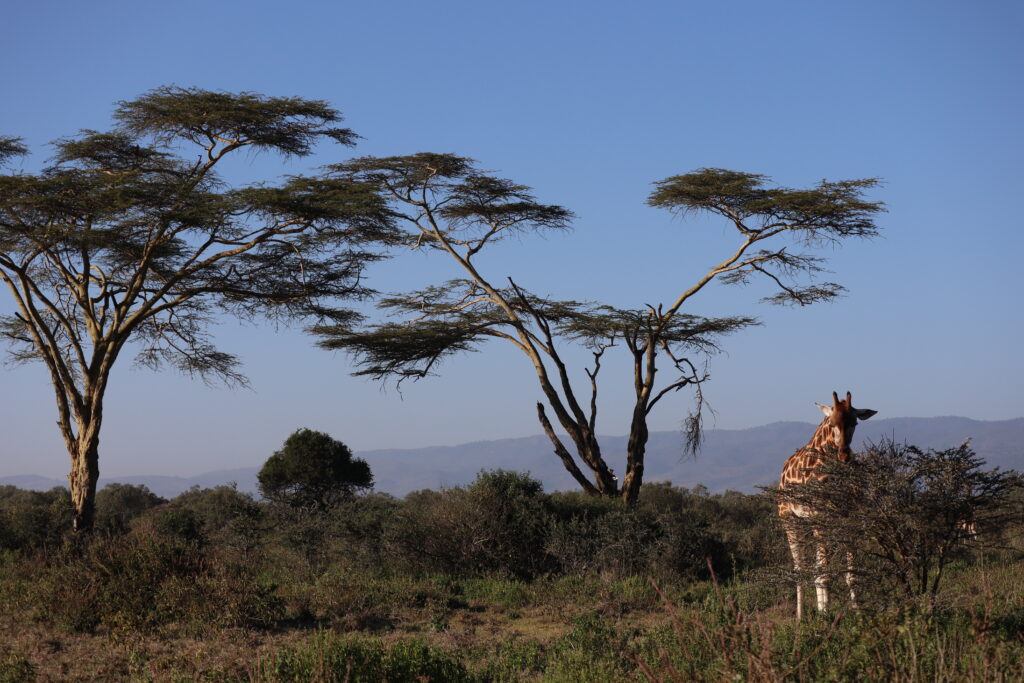

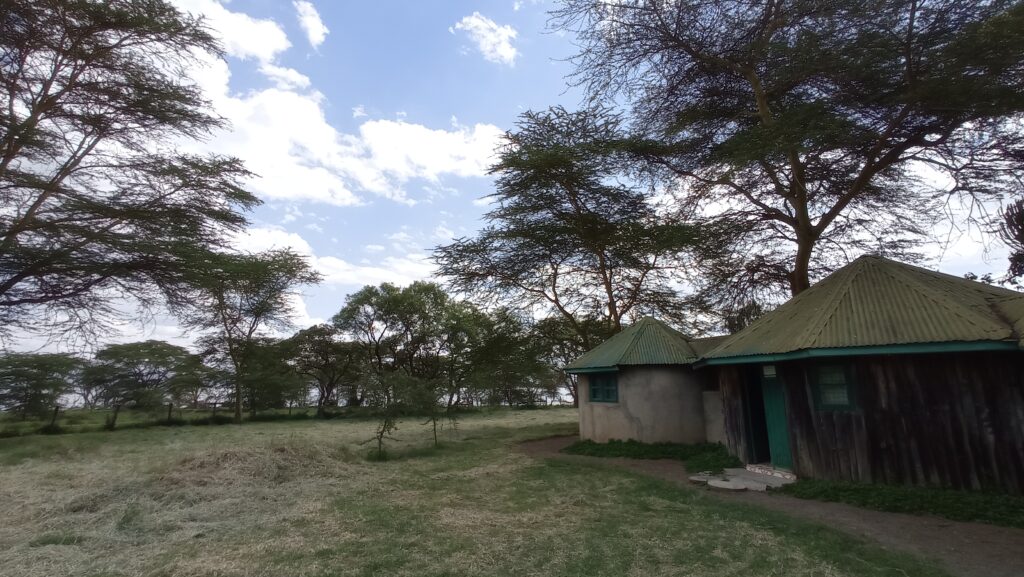
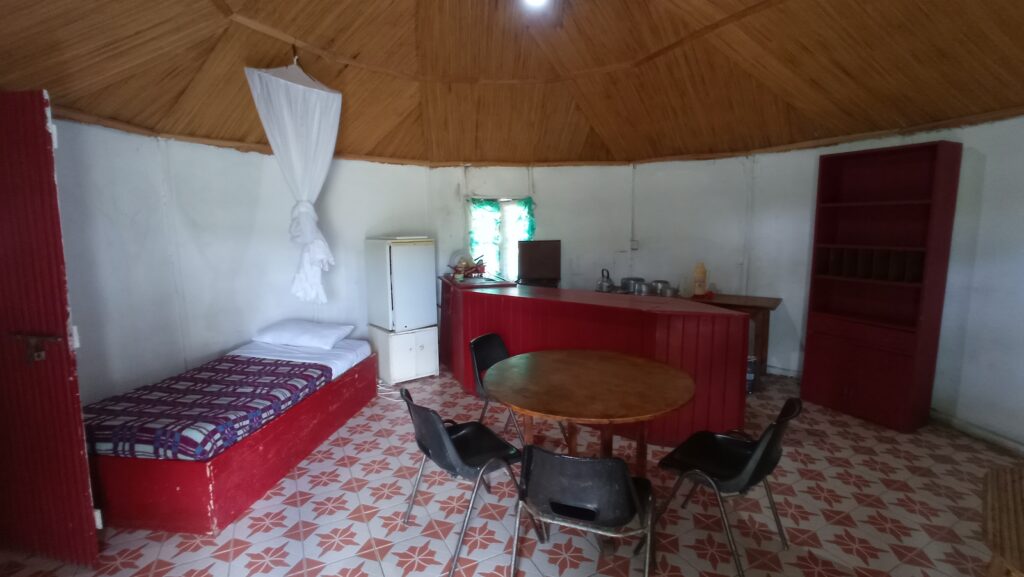



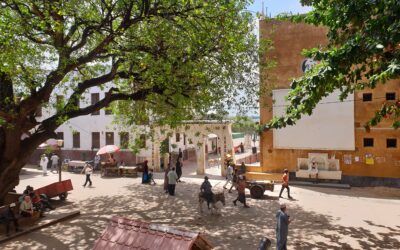
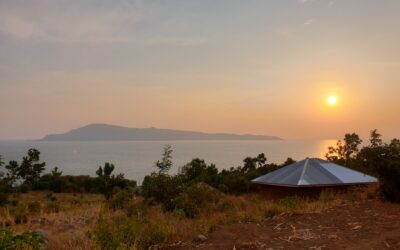
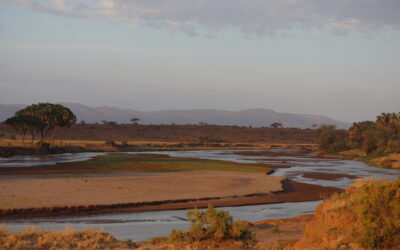
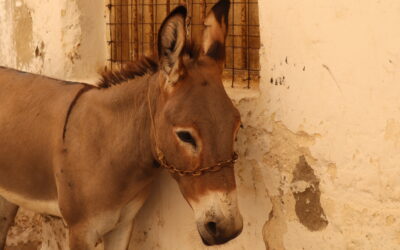
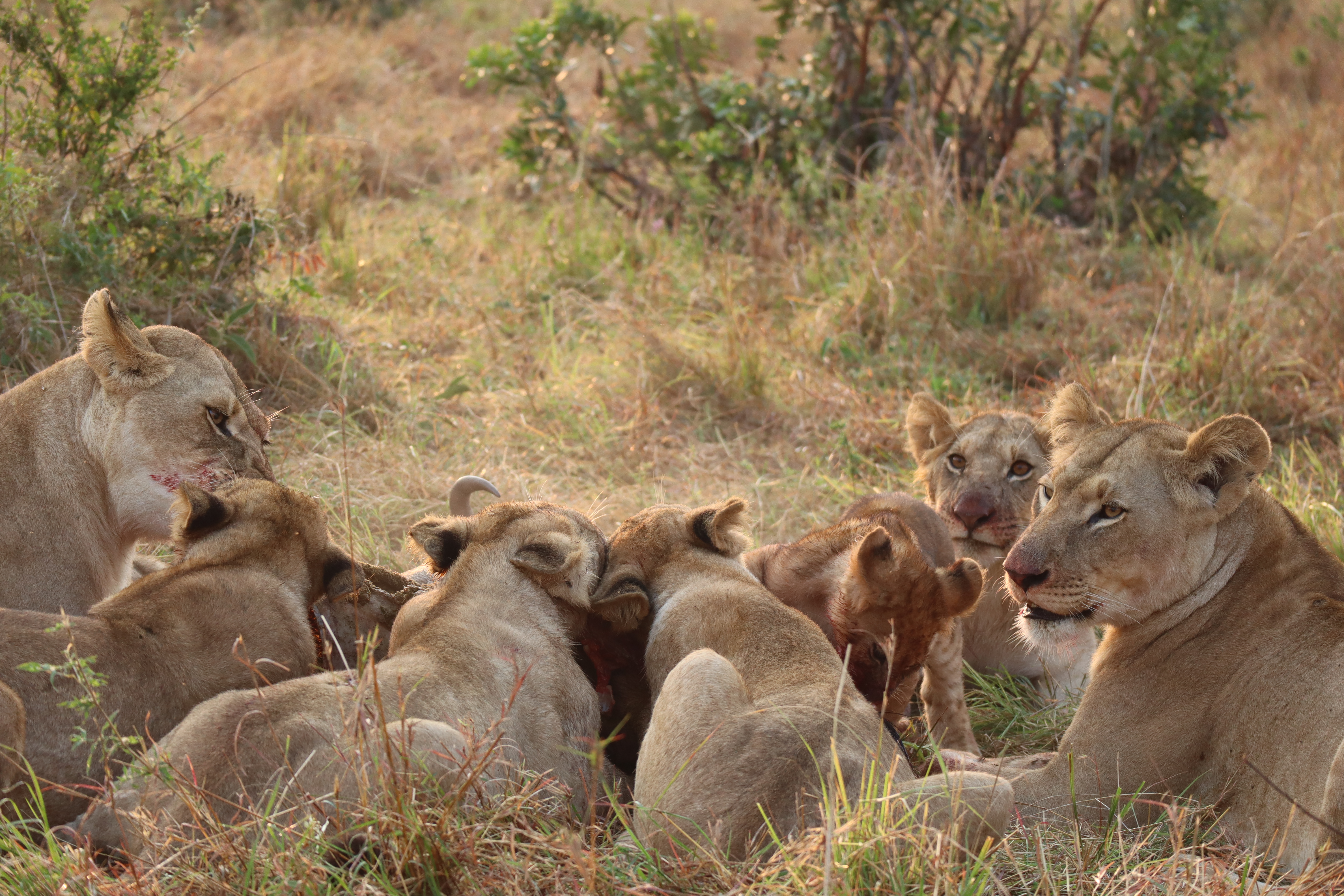
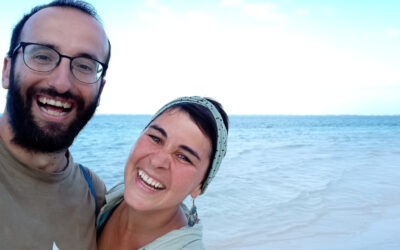
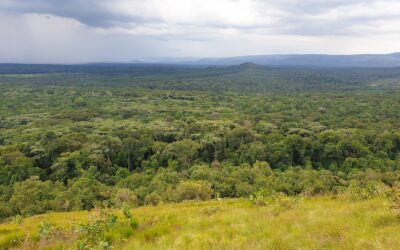
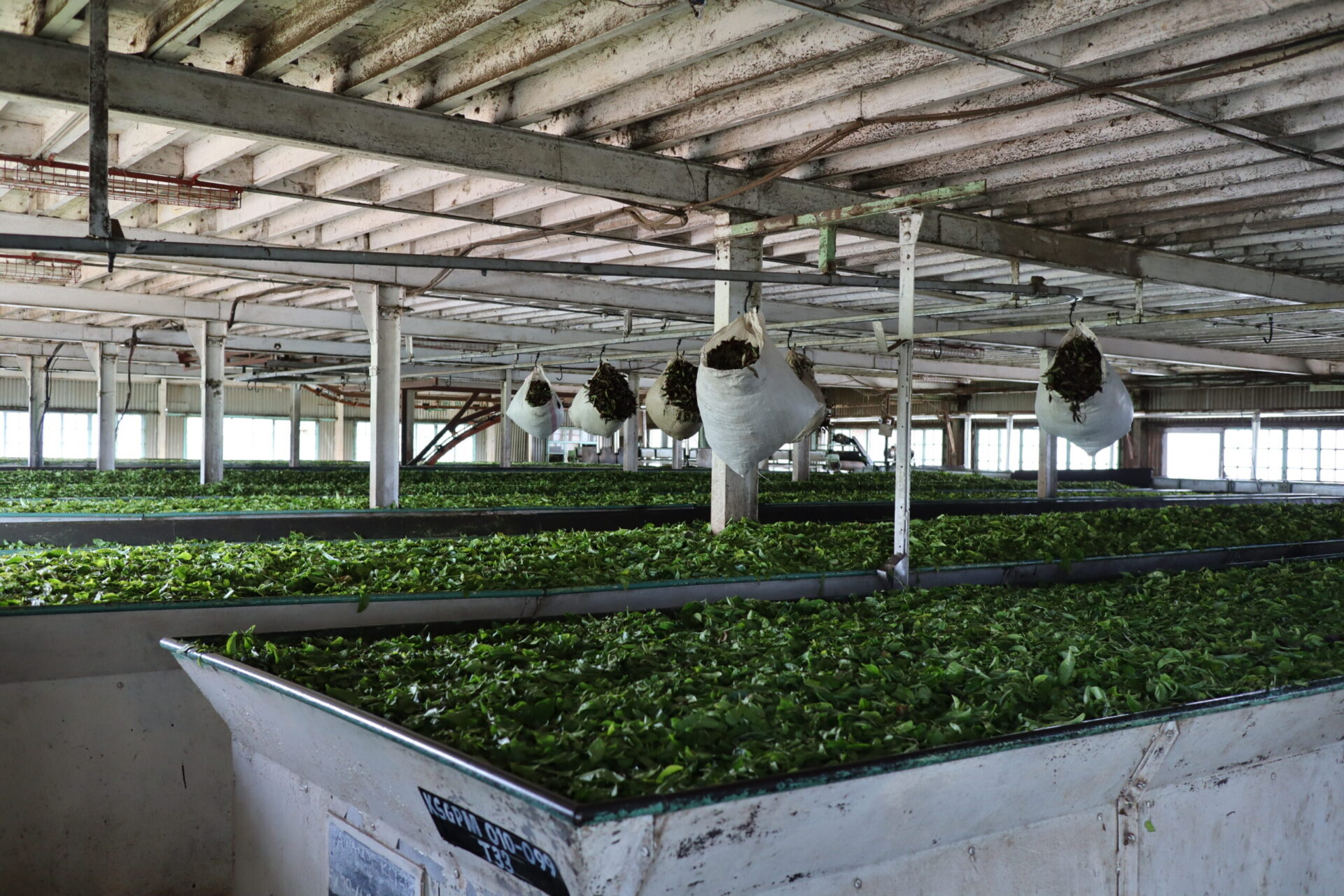
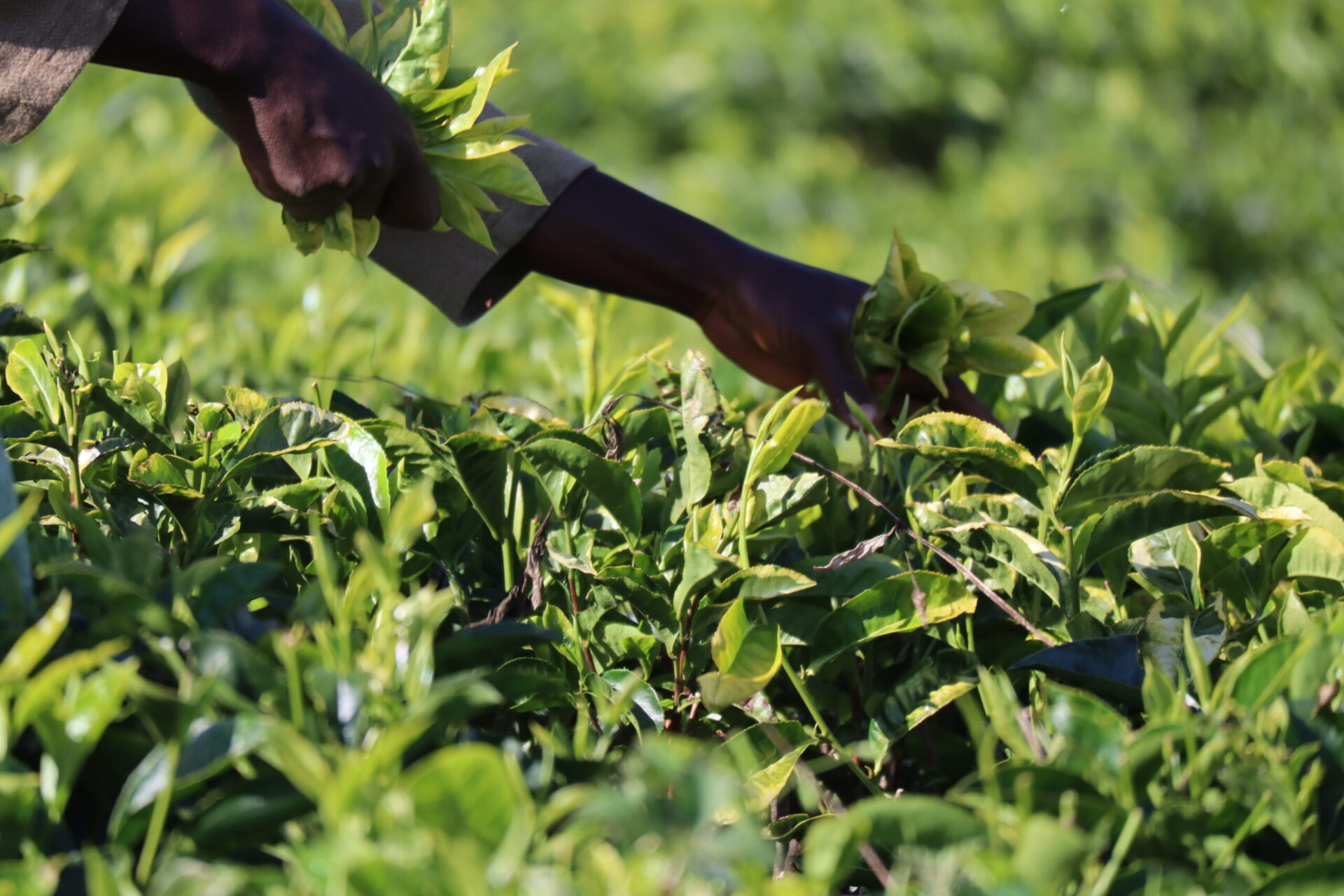
0 Comments